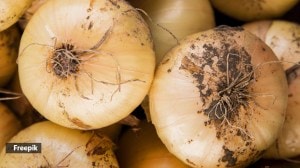Why we spend millions to manage traffic while ants are never caught in gridlock
If you have ever observed ants marching in and out of a nest, you might have been reminded of a highway buzzing with...

If you have ever observed ants marching in and out of a nest, you might have been reminded of a highway buzzing with traffic. To Iain D Couzin, such a comparison is a cruel insult — to the ants.
Americans spend a 3.7 billion hours a year in congested traffic. But you will never see ants stuck in gridlock. Army ants, which Couzin has spent much time observing in Panama, are particularly good at moving in swarms. If they have to travel over a depression in the ground, they erect bridges so that they can proceed as quickly as possible.
“They build the bridges with their living bodies,” said Dr. Couzin, a mathematical biologist at Princeton University and the University of Oxford. “They build them up if they’re required, and they dissolve if they’re not being used.”
The reason may be that the ants have had a lot more time to adapt to living in big groups. “We haven’t evolved in the societies we currently live in,” Dr. Couzin said.
By studying army ants — as well as birds, fish, locusts and other swarming animals — Dr. Couzin and his colleagues are starting to discover simple rules that allow swarms to work so well. Those rules allow thousands of relatively simple animals to form a collective brain able to make decisions and move like a single organism.
Deciphering those rules is a big challenge, however, because the behaviour of swarms emerges unpredictably from the actions of thousands or millions of individuals.
“No matter how much you look at an individual army ant,” Dr. Couzin said, “you will never get a sense that when you put 1.5 million of them together, they form these bridges and columns. You just cannot know that.”



- 01
- 02
- 03
- 04
- 05




























